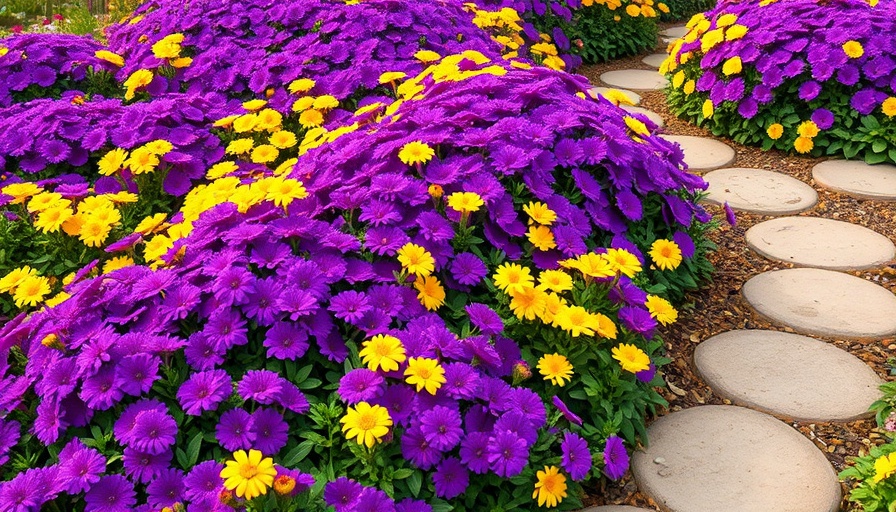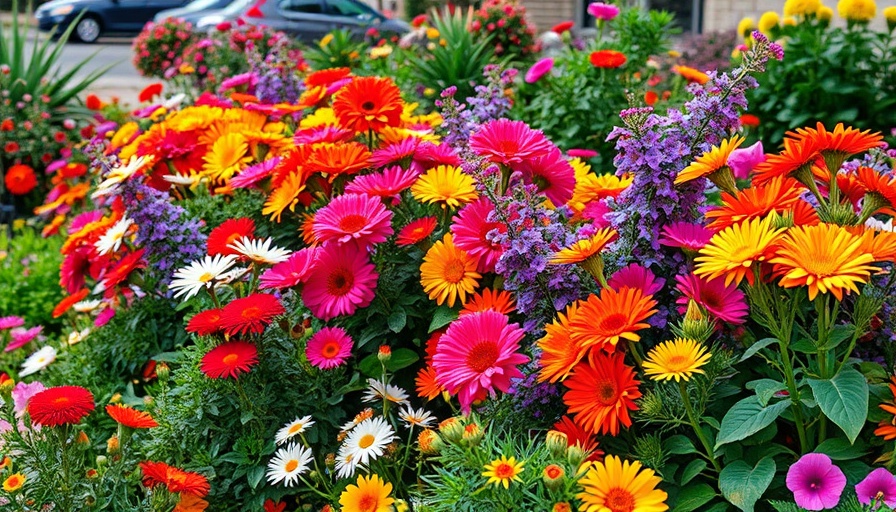
Discover the Beauty of Carpet Gardening
In an age where outdoor space is prized, ground cover plants offer a solution for transforming any garden, large or small. Carpet gardening, as I like to call it, involves using these versatile greens to create a stunning patchwork of color and texture, filling every nook with nature's art. Imagine a vibrant carpet made from the finest blooms, covering bare soil and turning your backyard into a lush, living masterpiece.
The Allure of Ground Cover Plants
Ground cover plants are perennial heroes in the landscaping world. Able to thrive where traditional lawns often struggle, they serve as a natural way to suppress weeds, retain soil moisture, and enhance biodiversity. Whether you're opting for lush foliage or delicate flowers, there's a plethora of choices for every lighting condition—from sun-drenched courtyards to shady corners.
These plants range in height from just a couple of inches to a foot tall, perfect for creating variations in your backyard’s landscape. A diverse selection allows gardeners to tailor their choices to suit their aesthetic and environmental needs. So many options are available that gardeners can indeed find the perfect match for their very own “jewel box garden.”
Creating Your Own Living Tapestry
When designing a carpet garden, the first step is selecting a mix of plants that will thrive within your space. When choosing, consider the range of colors and textures that will add depth and interest. Some excellent options for sunny areas include Creeping Phlox (Phlox stolonifera) which bursts into bloom with early spring flowers, or Creeping Jenny (Lysimachia nummularia) known for its bright yellow foliage. For shaded areas, think about the unique look of European Ginger (Asarum europaeum), which thrives in lower light and offers glossy green leaves.
Each plant brings its own character to your carpet garden, whether it's vibrant blooms or lush greenery, ensuring that as the seasons change, your garden remains dynamic.
Practical Tips for Success
Indeed, setting up a stunning carpet garden requires some planning and care. Start with good soil—a mix rich in organic matter will support healthy growth. Make sure to consider water requirements; while some ground covers like moisture, others prefer drier conditions. Regular maintenance, including proper pruning and seasonal care, will keep your plants flourishing.
Don’t forget about the textures and heights. Layering low plants in the foreground and taller varieties behind can create a dramatic effect that draws the eye and maximizes visual interest.
Inspiration from Nature
For those needing a spark of creativity, look to nature itself. Wildflower meadows filled with diverse species are an excellent example of how different plants can coexist beautifully. Observe the way they interact—some flower while others maintain their greenery long after the blossoms have faded.
Bringing a bit of that wild essence into your garden can inspire a carefree landscape where flowers and foliage meld together effortlessly, reminding us of the untamed beauty of nature. Try incorporating plants that attract bees, butterflies, and other pollinators, contributing to a vibrant ecosystem in your garden.
Conclusion: Unleash Your Inner Gardener
Now is the time to unleash your creativity and begin your journey into carpet gardening! With endless options for ground cover plants, anyone can cultivate a unique backyard haven. Play with colors, textures, and arrangements to discover a style that speaks to you while fostering a connection to nature.
Happy gardening, and may your outdoor spaces thrive! If you find joy in your growing garden, share your creations with friends, and inspire others to explore the art of gardening.
 Add Row
Add Row  Add
Add 




Write A Comment